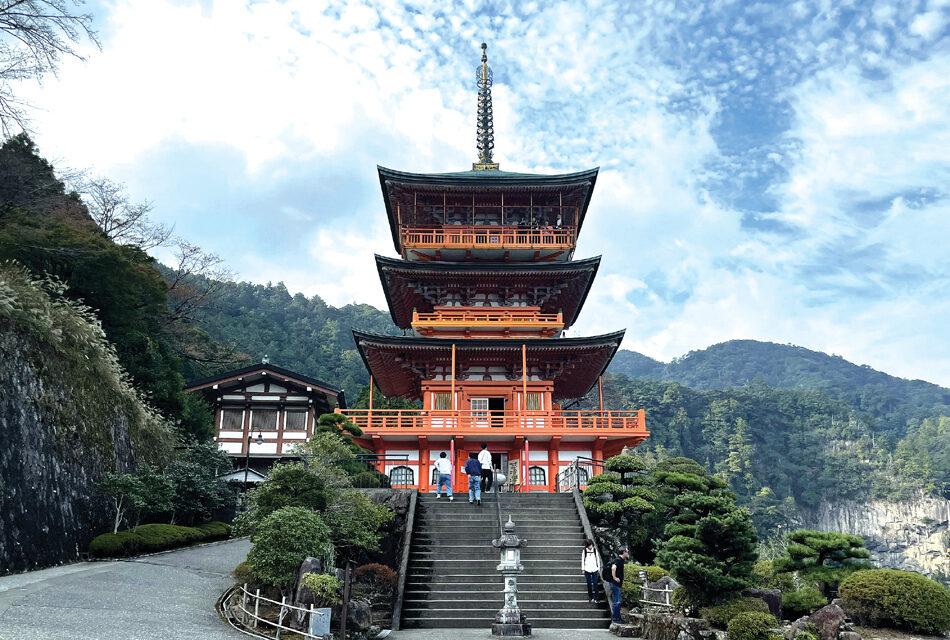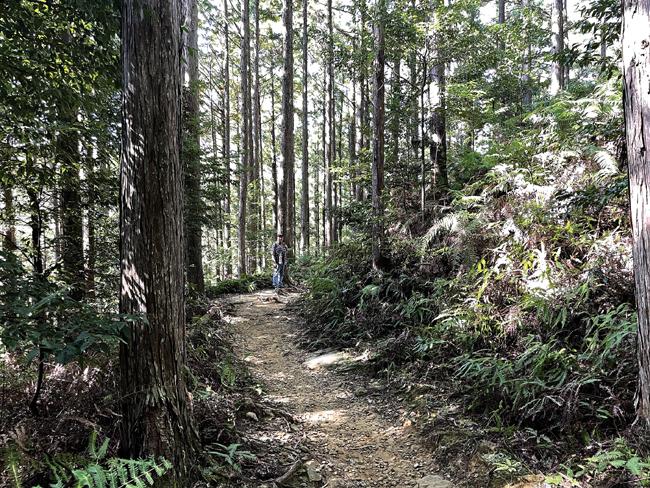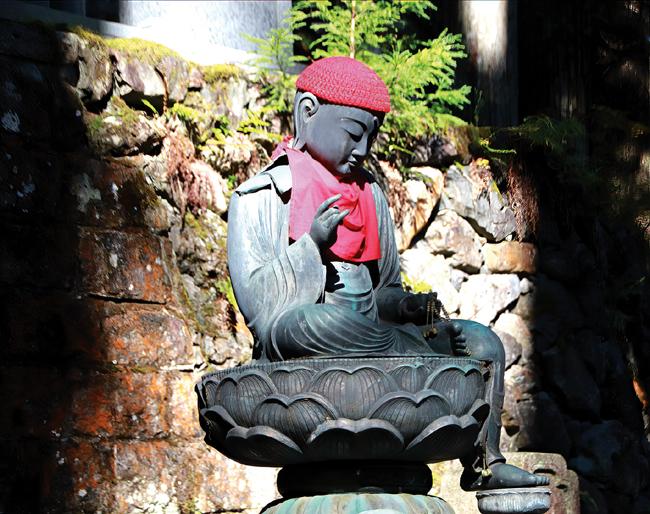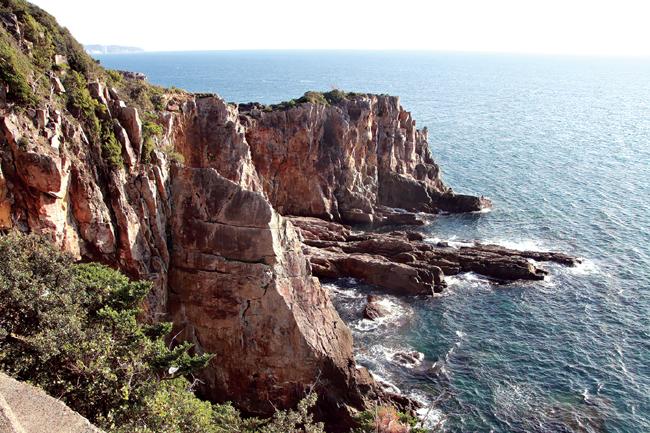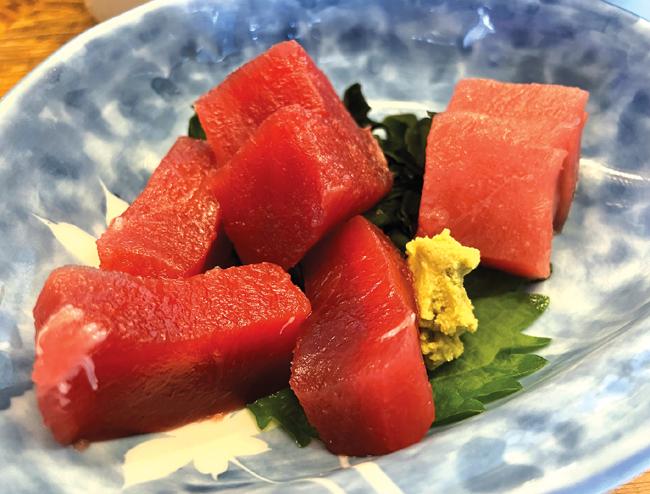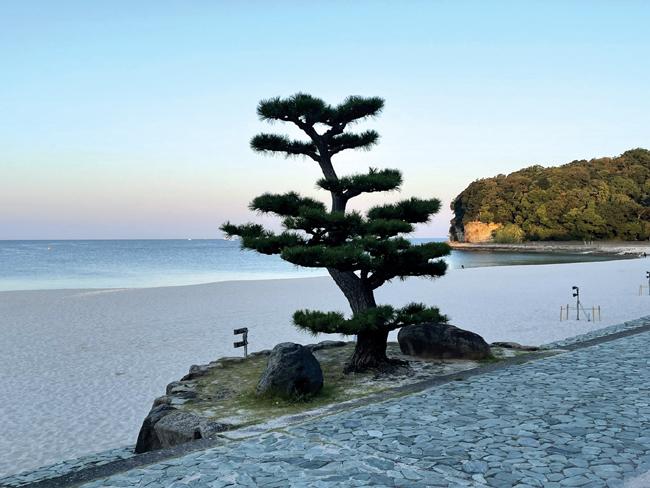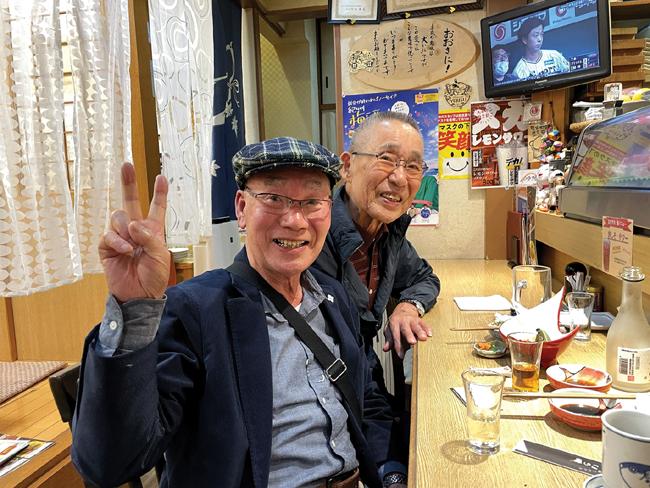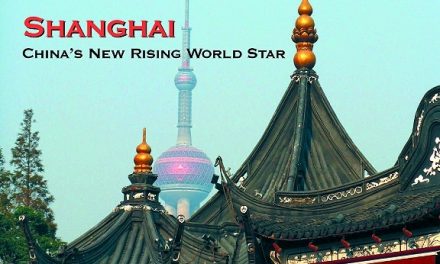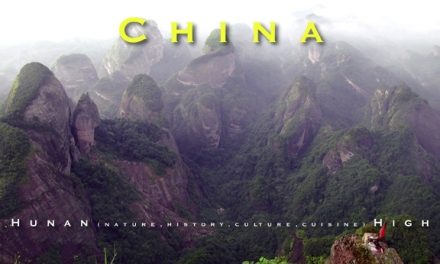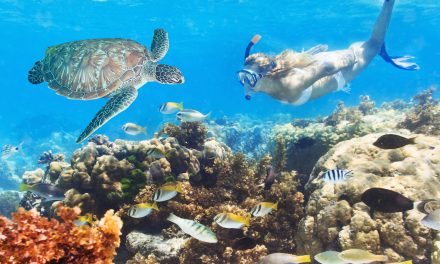Japan
The Poetry of the Mountains: The Spiritual World of Wakayama
Article and photography by Steve Gillick
The poster said it all. It was prominently displayed at the front of the local bus taking us from Shirahama to the Kumano Kodo Pilgrimage route in Japan’s Wakayama Prefecture. Produced by GoTokyo, the poster read, “Discover Different Worlds: Tokyo – Urban and Energetic; Wakayama – Calm and Spiritual”.
Located on Honshu Island, Wakayama Prefecture borders the prefectures of Osaka, Mie, and Nara. We were drawn here by nature: hiking, interacting with forests, marveling at mountains, and exploring shrines. The prefecture’s name does justice to this sense of yearning for something different. Waka is a Japanese poem, and Yama means ‘mountain’, specifically the Kii Mountain Range. So, ‘Wakayama’ refers to the poetry of the mountains, literally and figuratively.
We eased ourselves out of the energetic tourist scene in Tokyo in stages, first in Osaka, where culinary bliss is always on the menu, and then in Nara, to engage with the 8th-century temples and shrines.
We finally arrived in Wakayama Prefecture with a return visit to Koyasan (https://worldtraveler.travel/japan-imbibing-the-spirit-of-japan/). We wandered the pathways of the Okunoin Cemetery, passing time-worn moss-covered gravestones amidst giant cedars that symbolize eternal life and immortality. The paths lead to the mausoleum of Kobo Daishi, the founder of Shingon Buddhism, who is believed to be resting in eternal meditation.
After spending the night at a Temple lodging, we continued south to Shirahama, which means ‘white beach’. Its crescent-shaped quartz-sand beach, hot springs, and spectacular land formations define this resort town. Sandanbeki is a dramatic, craggy, 50-meter (164-foot) cliff with postcard-perfect panoramas of the Pacific Ocean, crashing waves, striking rock colors, and a subterranean cave that served as a hideout for Pirate ships in days gone by.
A short walk away is the Senjojiki (‘a thousand tatami mats’) Rock Plateau. We joined a dozen others, including a newly married couple, scampering over the dramatic colored and layered rocks, engaging in the sound of the waves, and dreamily gazing out over the ocean as the sun started to set.
That evening, we took a bus to neighbouring Tanabe City for dinner at Konoha. We sat next to 80-year-old Atsushi Ichida and his elementary school friend, Isao Kinoshita, and shared stories and laughs. Ichida-san revealed the secrets of the long friendship that included ‘honesty in conversation, enjoying drinks, and eating favorite foods together”. The fare at Konoha was harmoniously in sync, with an appetizer of Bai Gai (snails) followed by Horse Mackerel sashimi, Futomaki, deep-fried oyster, grilled Hokke (Mackerel), and delicious Oden (fish cake stew in a dashi broth).
After a morning stroll on the white beach, we took the bus to the Kumano Hongu Taisha Grand Shrine, about two hours away. This is one of the Kumano Sanzan, three sacred shrines serving as spiritual goals for devotees walking the Kumano Kodo pilgrimage route.
We paid our respects at the Shrine and set out for Fushiogami-oji, which is 3.2 kilometers (2 miles) away. The trail’s rocky and earthen portions follow the mountain paths, often punctuated with steps made of rocks, earth, logs, and tree roots, to help pilgrims navigate the sometimes steep uphills and downhills. All the while, the trail passes through lush forest greenery in the perfect setting for Shinrinyoku, or forest bathing, the Japanese practice of breathing in the essence and spirit of the trees. Apart from a few encounters with other trekkers, the silence of the forest was calming and tranquil, with occasional vistas of awe-inspiring distant mountain silhouettes and path-side red-bibbed Jizo statues.
Fushiogami means ‘kneeling in prayer’ and refers to pilgrims who arrived and got their first glimpse of the Hongu Taisha Grand Shrine amidst the magical mountain landscape.
We headed back to the Shrine for another visit and then to the nearby Oyunohara Torii, the biggest torii gate in the world. Torii gates mark the transition from the everyday world to the sacred, and Oyunohara also marks the location of the original Grand Shrine before seasonal floods necessitated a move to higher ground.
Three onsen (hot spring) towns cater to the needs of pilgrims. Kawayu Onsen, where we stayed, literally means ‘hot water river’ and refers to the bubbling Ota River. When a hole is dug into the riverside gravel, scalding hot water mixes with a cold underground stream to provide a soothing onsen experience. Our ryokan, the Omuraya, had its own indoor onsen, which offered comforting relaxation before dinner.
Before breakfast the following day, we met other onsen aficionados: a troop of Japanese macaques, a few Tombis (Japanese Black Kites), and Yellow Wagtails.
We took the local bus to Shingu and the Kumano Hayatama Grand Shrine, the 2nd of the three sacred shrines dedicated to the deity of moving water and part of the Shinto cult of nature.
And to complete the trilogy of shrines, we journeyed on to ‘Tuna Town’.
Katsuura is famous for its fishing port, where tuna caught in the Kumano-nada Sea are landed. Takehara, a tiny restaurant on the main street, is the go-to place to eat Tuna Teishoku. This set menu includes savory marinated tuna, crunchy pickles, flavorful miso soup, freshly steamed rice, and large, melt-in-the-mouth chunks of tuna sashimi.
So sated, we spent the afternoon near the town of Nachikatsuura.
Nachi-no-Taki is Japan’s highest waterfall, with a drop of 133 meters (617 feet). In ancient times, the waterfall’s sight, sound, and spray became a place to worship Hiro Gongen, the Shinto deity who resides in the waterfall. And with the waters emanating from a protected primeval forest, Nachi is part of the ‘Sacred Sites and Pilgrimage Routes in the Kii Mountain Range’, a UNESCO World Heritage Site.
Beautiful visuals of the waterfall accompany visitors as they ascend a series of stone steps toward the three-story Pagoda. Memorable views include the site of the vermilion-colored Pagoda against the scenery of the verdant Kii Mountains and the Nachi waterfall. Incredible views can also be captured from the third story of the Pagoda.
After more stone steps and ascending pathways, visitors arrive at the Kumano Nachi Taisha Shrine, the 3rd of the three sacred shrines representing the cult of nature. Its location was determined when Yatagarasu, a mythical three-legged crow, perched here while guiding Jimmu, the first emperor, to Nara. The mountains, forest, waterfall, and spectacular scenery evoke Wakayama’s calm and spiritual world.
That evening at Minshuku Wakatake, a hot-spring guesthouse near the train station in Katsuura, we enjoyed a delicious multi-course, locally sourced dinner and a sake tasting with Hanai-san, the friendly owner.
On our last morning, we watched the fishermen and their families tend and repair their nets on the waterfront against the backdrop of fishing boats, islands, the ocean, and the mountains. We popped into the Nigiwai (‘bustling’) Market, full of restaurants, souvenir shops, and seafood stalls, and then headed back to the train station to re-enter the ‘urban and energetic’ world of Tokyo.
Our time in Wakayama was a mindful experience. We interacted with nature, connected with the essence of the forest (shinrinyoku), trekked, chatted with locals, breathed fresh air, ate delicious local food, and got up close and personal with the poetry of the mountains. Our souvenir was the privilege of experiencing Wakayama’s spiritual world and bringing these memories home with us.

